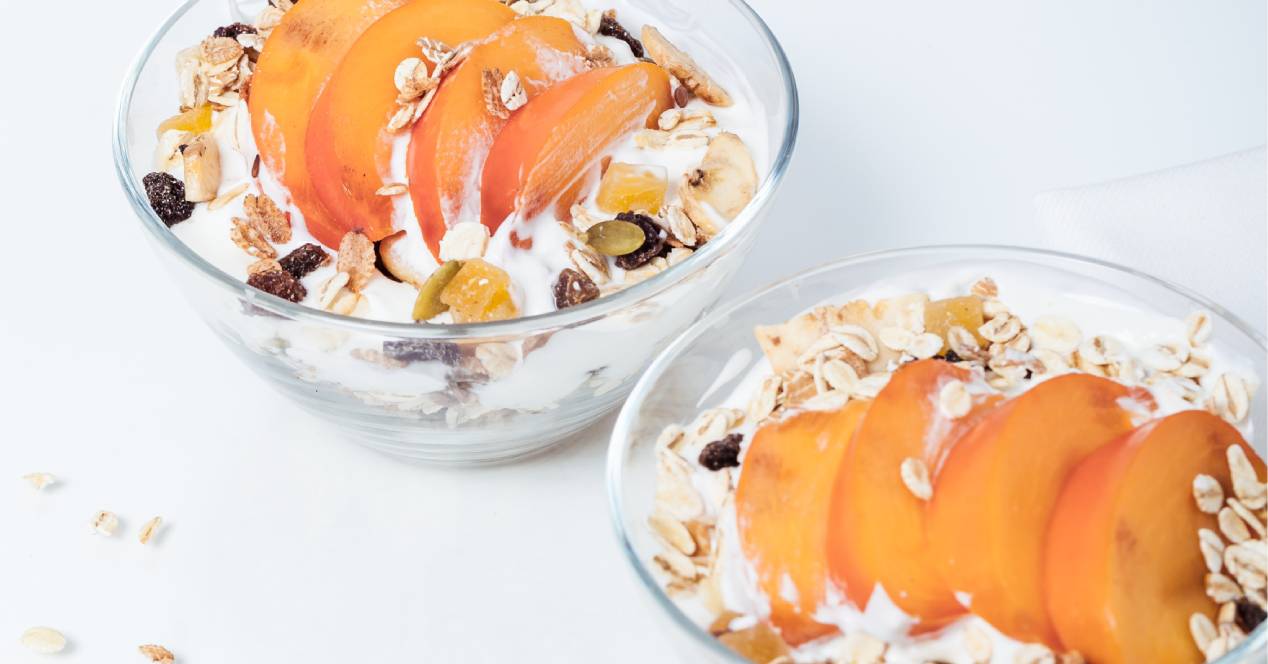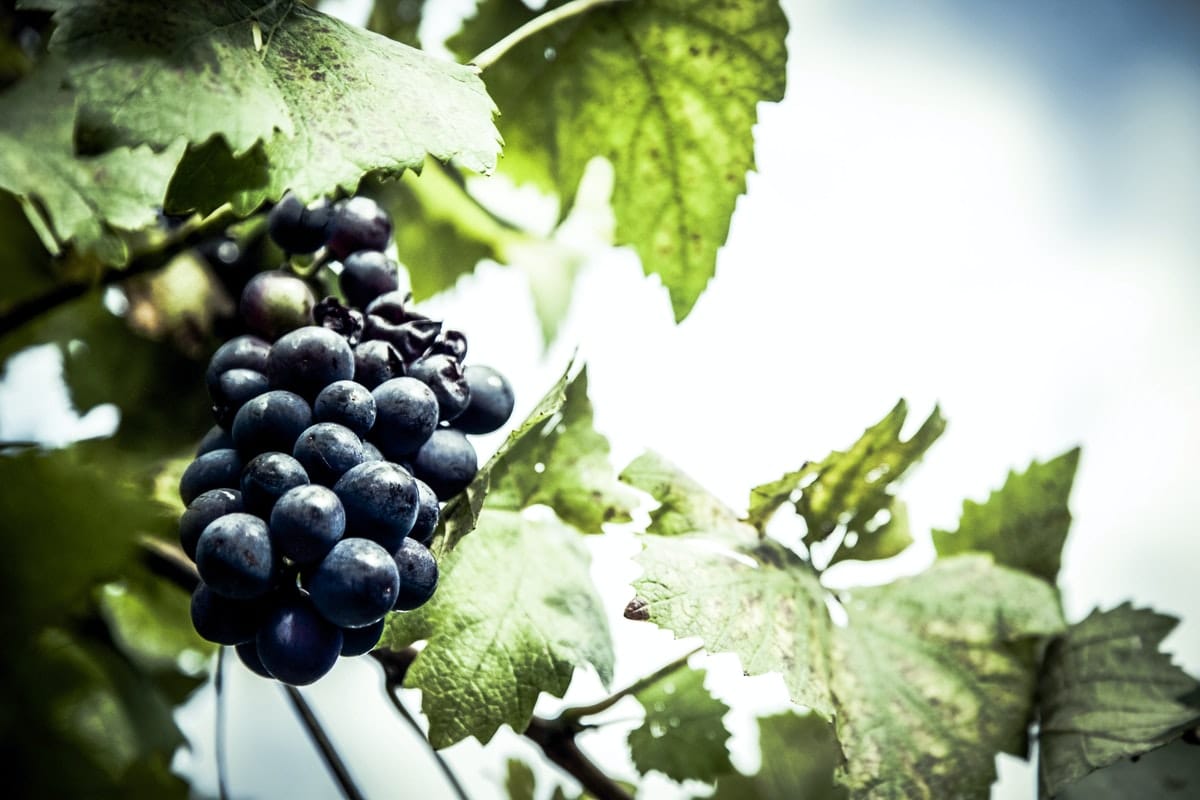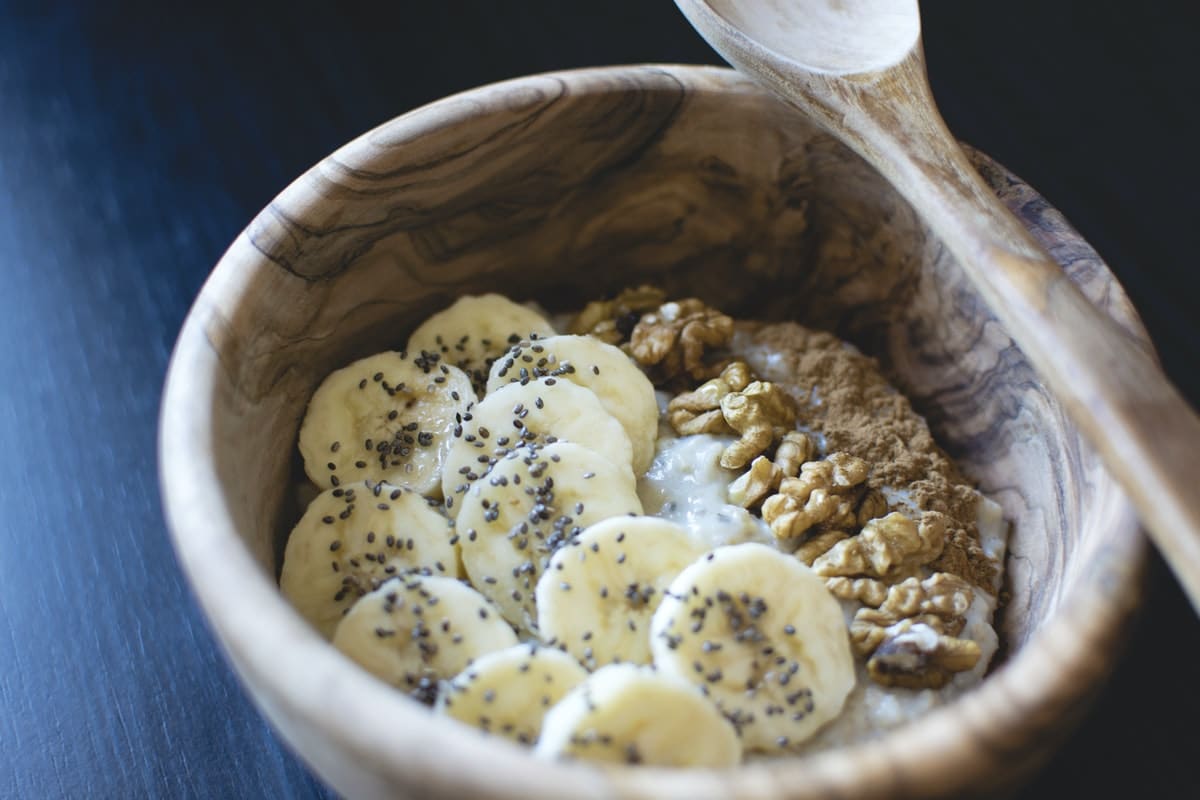
Glycogen has a great relationship with our sports performance. In the guide that every athlete should know, we explained how it influences our performance and the different systems that are involved in energy.
Here we will tell you which are the best foods to increase glycogen levels, in case you have a deficit. Depleting glycogen and shedding water weight will cause a drop in body weight, though only temporarily.
After exercising, many experts recommend that you "refuel" with a meal or snack that provides both carbohydrates and protein, which will help replenish glycogen stores and support muscle growth. If we do approximately one hour of moderate intensity exercise, it is recommended to replenish after 5 to 7 grams/kg body weight of carbohydrates (plus protein) to fully restore muscle glycogen within 24 to 36 hours.
How do you know if you have a low glycogen level?
For athletes it is interesting to know if they have low glycogen levels. The most normal thing is to notice weakness and feel heaviness in the legs. The body also becomes catabolic as muscle tissue breaks down protein and amino acids into glucose, essentially "eating itself for food." That can lead to undue muscle damage and delay training because damaged muscle tissue doesn't store glycogen well.
On some occasions, there are two quite clear symptoms that alert us that we should pay attention to our muscles:
Training is uphill for you
Suppose you rest properly and have a training routine adapted to your physical abilities. If you suddenly feel like your training is too hard or more difficult than usual, you may be glycogen deficient.
Think that glycogen is the main source of fuel in your workouts, so if you don't have the right amount you will feel like you want to die. And the last thing we want is for you to feel worse going to the gym.
Do you feel like you lose weight at night?
Each gram of muscle glycogen stores between 3 and 4 grams of water. If you eat 110 grams of carbohydrates, we could say that you will increase your weight by half a kilo.
In contrast, we have that if there is a deficit in glycogen reserves, it is possible that you can lose several kilos in a matter of hours. Although this may be rewarding in the short term (and the dream of many people), we should take it as an alert that we need to replenish muscle glycogen.

How to increase glycogen levels?
Despite the fact that glycogen comes to a greater extent from carbohydrates, it will not be enough to eat enough of this nutrient to maintain high glycogen levels. Glycogen is continually being broken down and regenerated, so you should keep your daily carbohydrate intake relatively high.
We must have a diet that is sufficient in carbohydrates. That amount, of course, is based on your body composition and activity level. But how high should the intake be?
- If you are looking to strengthen and build muscle, you will need to eat between 1 and 3 grams of carbohydrates per pound of body weight per day.
- To lose fat, your carb intake will largely depend on how many calories you have left over after setting your protein and fat goals. Most people take between 1 and 1 grams per kilo of body weight.
- If you are an endurance athlete, your glycogen burn will be much higher than that of a gym athlete. You may need about 5 grams of carbs per pound of body weight.
In fact, there are studies that recommend taking carbohydrates every hour, if your training lasts several hours in a row.
If you are not a very sporty person, your glycogen levels will remain high with a much lower intake.
While we train, it is recommended to eat carbohydrates to keep the tank full. Try to consume a minimum of 30 to 60 grams per hour in long workouts. If we are going to be out for more than four hours, especially if we are going very hard or during a very long ride, it is advisable to eat about 80 grams of carbohydrates per hour.
Foods to increase muscle glycogen
Glycogen is made up of glucose, which is a type of carbohydrate; so the best foods to increase levels are those that are high in carbohydrates.
The worst (and most common) way is to resort to refined carbohydrates, such as white breads, breakfast cereals, pastries, or desserts. I repeat: it is the worst idea to increase glycogen levels. It is true that any food with a high carbohydrate content can increase the values, but the healthy thing is to bet on whole grains, almost unprocessed and with high nutritional content.
As an athlete or gym goer, it's important to keep your reserves topped up. The best way to do this is to eat enough carbohydrate foods. Carbohydrates come from plant foods, mainly fruits, vegetables, and grains. These nutrients can be divided into two categories: simple and complex. The simple carbohydrates they have a simpler chemical structure that is more easily metabolized to glucose, providing an immediate source of energy.
Carbs that are high in fiber and packed with protein and fat are complex hydrates. They have a more complex structure and are slowly digested, sending a steady stream of glucose into the bloodstream.
Below we reveal the best foods, high in carbohydrates and totally healthy.

Potatoes
Sweet potatoes are sweet, starchy root vegetables grown all over the world. They come in a variety of sizes and colors, including orange, white, and purple, and are rich in vitamins, minerals, antioxidants, and fiber. Not to mention, they provide a number of health benefits and are easy to add to your diet.
In 200 grams of baked sweet potato you can find 180 calories and 41 grams of carbohydrates. It also provides fiber, vitamin A, manganese, vitamin B4, potassium, vitamin C and copper.
Potatoes
The numerous health and skin benefits of potatoes make this vegetable even more special. They are an excellent source of vitamin C, potassium, fiber, B vitamins, copper, tryptophan, manganese, and even lutein. It also works wonders to curb inflammation in the body and boost immunity and healthy blood circulation.
In a medium baked potato with skin we find 161 calories and 36 grams of carbohydrates.
Bananas
It is common to see athletes taking a banana at the start or end of their training. Even some elite athletes eat this fruit during breaks from competitions. No wonder, as it is rich in vitamin B6, fiber, manganese, potassium, and vitamin C.
In addition, they help with digestion, so they are a great option to avoid feeling intestinal problems in the middle of an effort.
Eating carbohydrate-rich foods after exercising promotes the release of the hormone insulin, which helps transport sugar from the blood to muscle cells, where it is stored as glycogen. It also helps muscle cells become more sensitive to insulin, making it easier for them to replenish their glycogen stores after exercise.
Most people can fully replenish their muscle glycogen stores before their next workout simply by eating a carbohydrate-rich diet, regardless of how quickly they eat carbohydrate-rich foods after exercise.
However, those with less than 24 hours of recovery before their next workout benefit from eating carbohydrate-rich foods, such as bananas, as soon as possible after exercise, as well as in the hours following. This helps accelerate the rate of muscle glycogen formation, ensuring that you can start your next session with full or near full glycogen stores.
Strawberries
Strawberries are bright red, juicy, and sweet. They are an excellent source of vitamin C and manganese and also contain decent amounts of folic acid (vitamin B9) and potassium.
Strawberries are very rich in Antioxidants and plant compounds, which may have benefits for heart health and blood sugar control. They are typically eaten raw and fresh, but can also be used in a variety of jams, jellies, and desserts.

Grapes
Grapes are ideal for getting a good dose of water and maintaining a healthy weight. They are also rich in vitamin K, vitamin C, fiber, vitamin B6, potassium, copper, and manganese.
In a serving of a cup of green or red grapes we find 104 calories and 27 grams of carbohydrates. Most of the calories in grapes come from carbohydrates, most of which are sugars. Each grape contains about one gram of carbohydrates. The glycemic index of grapes is estimated to be around 59.
Apples
Apples have been linked to numerous health benefits, including better gut health and a reduced risk of stroke, high blood pressure, diabetes, heart disease, obesity, and some cancers.
A medium-sized apple is a good source of fiber: it contains 4,4 grams of fiber, 8.4 milligrams of vitamin C, and other small amounts of other vitamins and minerals.
Mango
In just 165 grams of mango we can obtain 99 calories and 24 grams of carbohydrates. In addition, they are rich in vitamin C and A, folate, vitamin B7, fiber and vitamin K. Without a doubt, it is one of the best options when the warm months approach.
We will get 25 grams of carbohydrates in a single serving. Of that, about 23 grams is natural sugar and almost 3 grams is fiber. The glycemic index of mango is estimated to be around 51. Foods with a glycemic index of 55 or less are generally considered low glycemic index foods. The glycemic load of a one-cup serving of mangos is estimated to be 8.
Blueberries
Blueberries can be eaten freshly picked or incorporated into a variety of recipes. You can also buy frozen. They have been shown to protect against heart disease and cancer, and may even help maintain bone strength, mental health, and healthy blood pressure.
In a cup of fresh blueberries we find 84 calories and 21 grams of carbohydrates.
Oatmeal
Porridge is a very popular breakfast recipe that consists of oatmeal and a liquid, such as water, cow's milk, or plant-based milk. Packed with nutrients and fiber, oats are one of the most nutritious whole foods a person can eat.
In addition, it contains high levels of antioxidants. Specifically, it has polyphenols, which are compounds of plant origin rich in avenanthramides. Avenanthramides are a type of antioxidant that exists almost exclusively in oats.
The glycemic index of rolled oats is estimated to be approximately 57 and the glycemic load is 11. Oats are considered a moderately low glycemic index food. The larger the particle size of the oats, the lower their glycemic value. For example, oats ground into flour produce a higher glycemic response than oats in flaked form.

Barley
We are not going to recommend you drink beer, even if it was among your claims. A cup of this cereal provides 193 calories and 44 grams of carbohydrates. It also provides 3 grams of fiber and 6 grams of natural sugar. The rest of the carbohydrates in barley are starch.
Among its benefits is having lower cholesterol levels, improving fiber intake, preventing certain diseases and improving intestinal transit.
Brown Rice
The health benefits of brown rice are due in large part to the fact that it is a whole grain.
Its fiber helps lower cholesterol, moves waste through the digestive tract, promotes fullness, and may help prevent blood clots.
Brown rice is considered a food of low “glycemic index”. The glycemic index refers to how fast and how much a food raises a person's blood sugar after eating.
Ñoquis
Gnocchi is similar to pasta, but is made a little differently. The traditional ones are a small potato dumpling paste that is made with a combination of potatoes, wheat flour and eggs. Like regular pasta, gnocchi is very high in carbs, but low in protein.
And, while both are high in carbohydrates, regular pasta may have less of an effect on blood sugar levels.

dried fruit
Both dried fruits and nuts can be a healthy and delicious snack for your stomach between meals. They are very nutritious and rich in protein, vitamins, dietary fibers and minerals with many benefits. In a mixed cup of various dried fruits we find 480 calories and 112 grams of carbohydrates. They also provide fiber, vitamin A, C, calcium, iron and potassium.
Wholemeal bread
Whole wheat bread contains more nutrients and takes longer to digest than white bread, which means it can also help you feel full longer. Because it digests slowly, whole wheat bread provides more energy for longer, so it can help people with demanding exercise regimens.
An average slice contains between 12 and 20 grams of total carbohydrates, a significant amount of which is fiber (3 grams per slice). Some whole wheat breads may have additional carbohydrates from added sugars.
Vegetables
Legumes are high in dietary fiber which helps keep our intestines healthy. They are also a good source of soluble fiber which can help lower blood cholesterol levels and a good source of carbohydrates and have a low glycemic index. This means they break down more slowly so you feel fuller for longer.
The body uses carbohydrates for energy. Legumes contain fiber, particularly soluble fiber. Soluble fiber delays gastric emptying, which means it can help keep us full. Fiber can also promote digestive regularity. They're also full of resistant starches (which aren't easily absorbed in the intestines), so they won't cause your blood sugar levels to spike or dip.